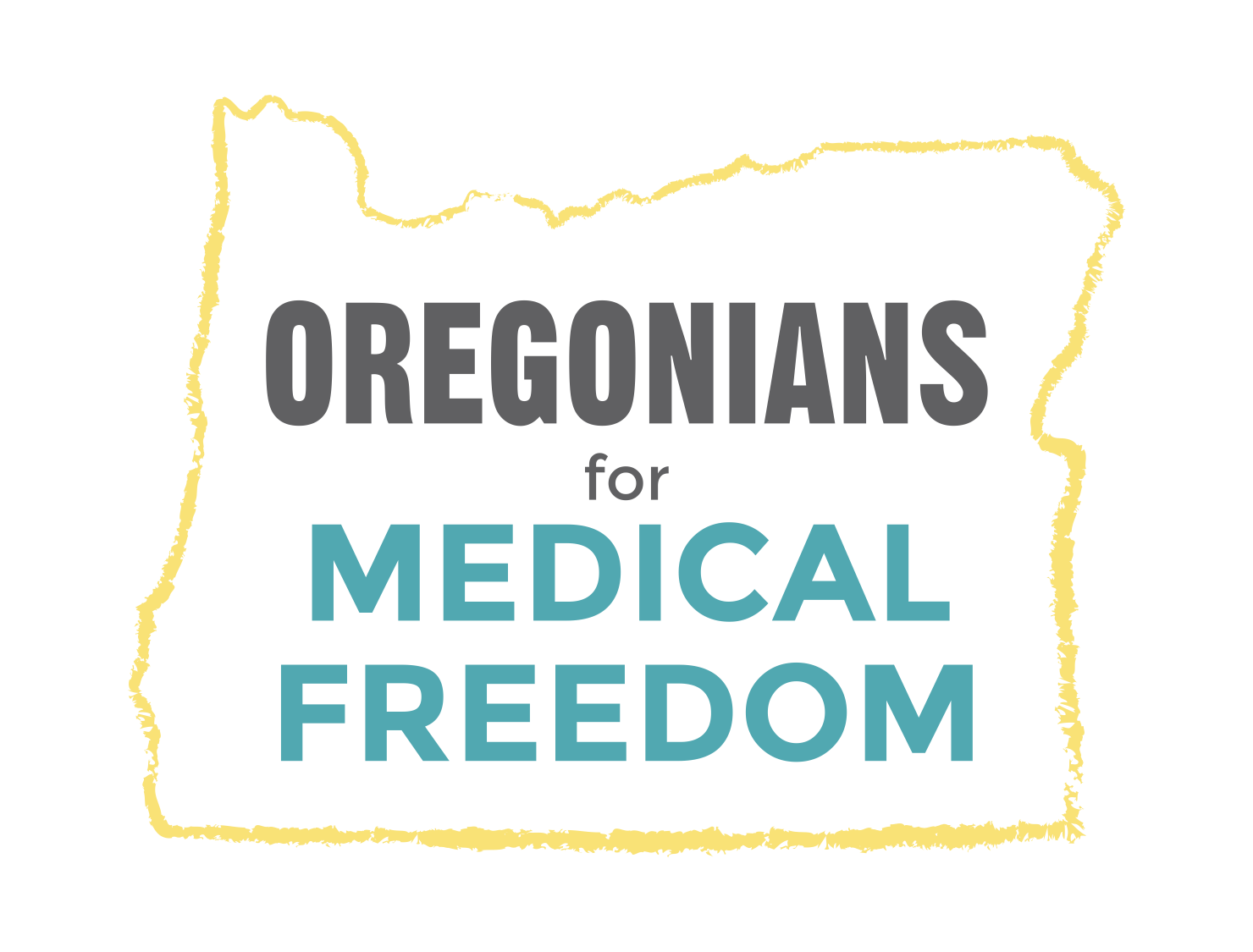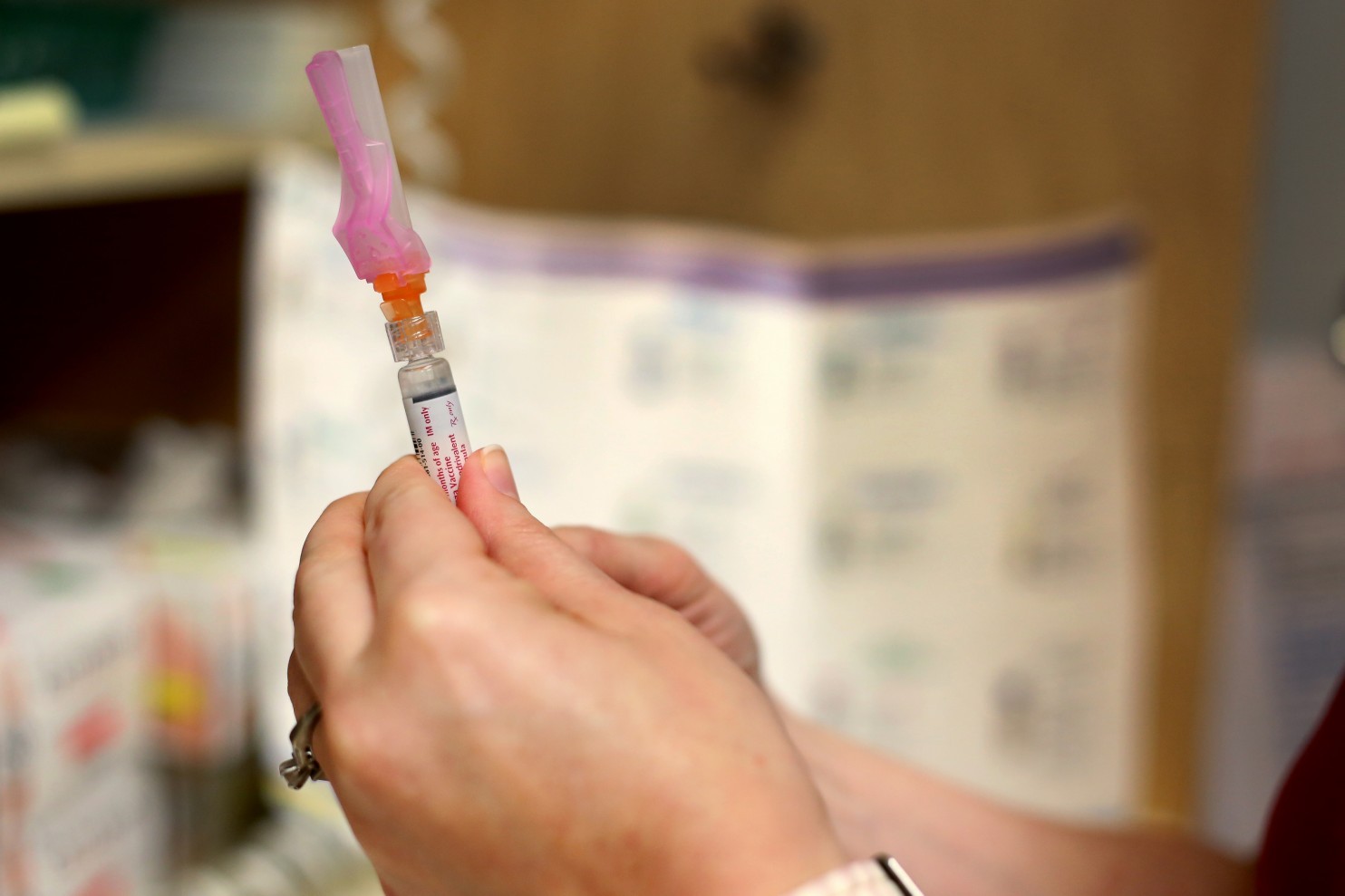Statesman Journal
by Saerom Yoo
March 9, 2015
During Oregon’s debate on whether all school and daycare children should be required to be fully vaccinated unless they have a medical exemption, I have used Oregon’s statewide kindergarten nonmedical exemption rate a lot.
It’s the figure the state reports to the U.S. Centers for Disease Control and Prevention, and it provides public health officials a snapshot of what parents are choosing to do at that point in time, says Oregon Health Authority’s school law coordinator Stacy de Assis Matthews.
In Oregon, the kindergarten nonmedical exemption rate in 7 percent, the highest in the country. I’ve written that countless times, as you might have noticed.
But what does that 7 percent actually mean?
First of all, it does not mean that 7 percent of Oregon’s kindergarteners are not vaccinated. It does mean, however, that they have been opted out from at least one vaccine.
Many parents who have nonmedical exemptions from school shots are selective about vaccines. They don’t commonly reject all vaccines.
However, the rate of people using nonmedical exemptions has risen every year since 2000. And that is concerning to public health officials.
“Certainly, we are concerned that we’ve seen an increase in the nonmedical exemption rates over time,” de Assis Matthews said. “And certainly we want to make sure parents have good, credible public health information so that they can make a good decision about immunizing their child.”
This legislative session’s Senate Bill 442 is the second piece of legislation in two years seeking to amend Oregon’s school immunization law. In 2013, the Legislature passed a provision that required parents to demonstrate they’ve been educated on the risks of not vaccinating their children before signing a nonmedical exemption.
The first School Exclusion Day since that law has been in effect was just last month. De Assis Matthews said it’s too early to know whether the amendment did anything to improve the immunization rates. The numbers are not in yet.
Sen. Elizabeth Steiner Hayward, D-Beaverton, SB 442’s sponsor, has said that she was pushing for a stronger bill because she had been hearing anecdotally that the education is affecting parents’ decisions.
There are other types of vaccination data that can be found on the OHA website or requested from the agency.
You can find out vaccination rates by school, which captures the entire school’s immunization rate, not just kindergarteners. However, they are captured before the annual School Exclusion Day deadline, when parents are required to provide documentation showing their child’s vaccinations are up to date, or file an exemption form.
The state also collects vaccination rates by individual vaccine, reported by schools to local health departments.
They show that statewide, 90.8 percent of Oregon children enrolled in schools or daycare have all of their required childhood vaccines. However, the vaccination rates for individual vaccines, such as the polio or Haemophilus influenzae type B (Hib) vaccines, are higher — up to 95.1 percent.
In Multnomah County, the rates of immunization of individual childhood vaccines hover between 89.8 percent and 93.5 percent.
Overall, the hepatitis B three-shot series appears to be the least popular in Oregon, with the statewide immunization rate at about 93.5 percent.
De Assis Matthews said these data are important for public health response if a case of vaccine-preventable disease occurs in a school population. Knowing who are susceptible to that specific disease, based on the immunization data, can allow for swift, targeted intervention, she said.
The bottom line, however, is that while it is concerning that nonmedical exemptions have been steadily rising, the vast majority of Oregon parents still choose to fully immunize their children, she said.

